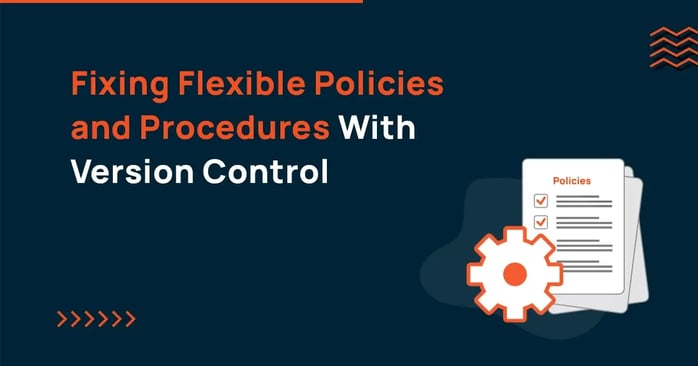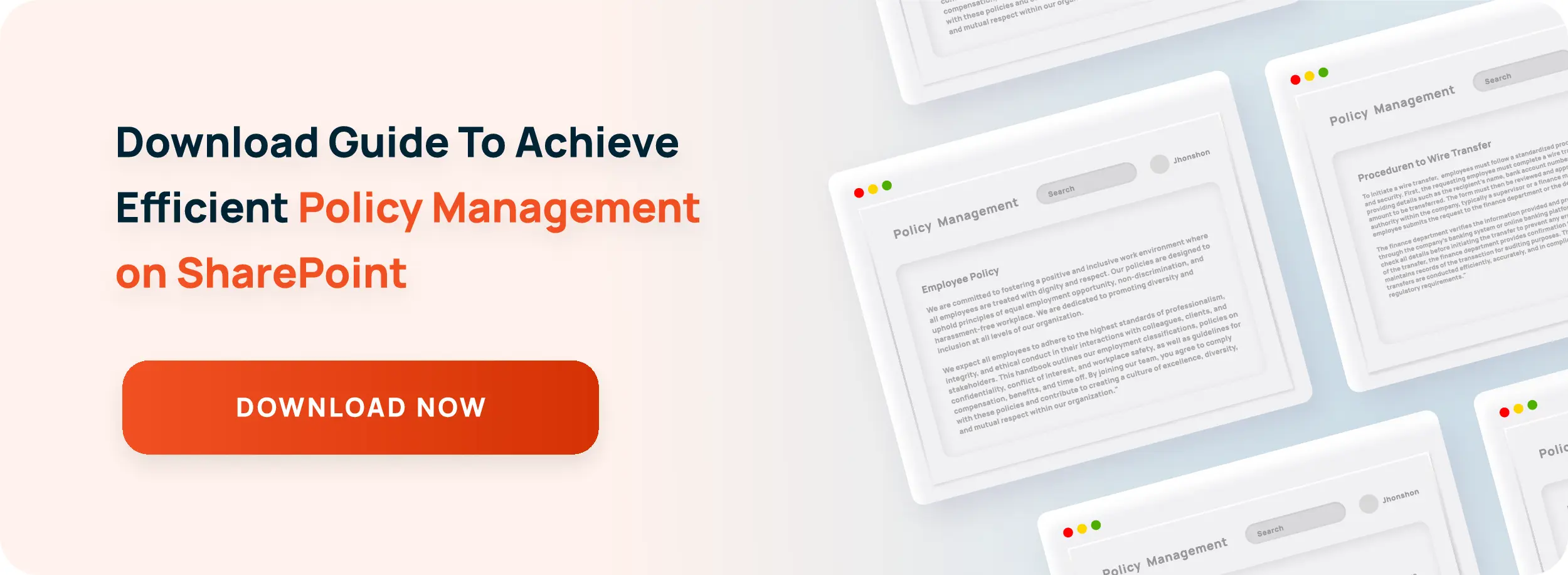Fixing Flexible Policies and Procedures with Version Control

Real estate agents and investors are often quoted as stating categorically that the three most important rules are: “location, location, location.” By the same measure, compliance is all about “consistency, consistency, consistency.” Auditors look for policies that are in compliance with all current local, state and federal regulations and, where appropriate, industry best practices; and expect to see evidence that everyone has read and understood those policies and are abiding by them. The concept of one song sheet with everyone singing from it seems deceptively simple, and yet version control continues to be one of the biggest challenges of policy management.
The Challenge of Good Intentions
Whether you consider it to be editing, ‘tweaking,’ or blatant unauthorized alteration, most changes to policy wording are made with good intentions. There is no suggestion of deliberate disruption or sabotage, just dedicated employees who want to ‘help’ by making the policy more reflective of their specific situation. Changing the wording to reflect specific departmental terminology, for example, or missing the review period because you were on vacation and electing to make your changes after the ‘final’ version was approved, can take your company out of compliance with a few simple key strokes. Assuming that the specific needs of your department were misunderstood or overlooked and modifying the policy accordingly is another example. Such choices are typically not malicious, but the consequences can be catastrophic for the overall compliance of the organization.
Enforcing Version Control
Unfortunately, good intentions are not an acceptable defense, and if you find evidence of such flexible policies, you face bigger challenges than just asking people to stop ‘helping.’ Policy standardization is a requirement, not an option, and as such, control begins with restricted access. Leaving policies on shared drives can cause problems from such simple acts as one employee sending a colleague a draft version by mistake in an attempt to save time, since that employee already “knows where the policy is.” The larger your organization, the greater the likelihood that such mistakes are being made several times a day. It can be challenging to balance employee engagement through representation in the policy creation process with control over authorship. Limiting approved input might be an unpopular choice, but you cannot achieve version control without it.
Locking it Down
With the ConvergePoint comprehensivePolicy Management Software solution, version control is no longer a headache. Draft versions from approved authors are accessible only via an access-controlled work portal, and revisions of each draft are tracked in real time so that everyone authorized to work on the project knows when the ‘final’ version is approved and when it is distributed to official recipients. You can upload your own policy documents or take advantage of our templates based on industry best practices. Either way, the creation, review, revision and approval of each policy is managed with a full audit trail so that only the final version is distributed to the organization. Drafts can be stored for future reference, but none make it outside of the portal. The days of unintended clone policies on multiple shared drives can become a distant memory. Let us show you how our comprehensive SharePoint policy management software solution can help you eradicate the frustrations of version control. Schedule your no obligation demo now or download the whitepaper by clicking below .

